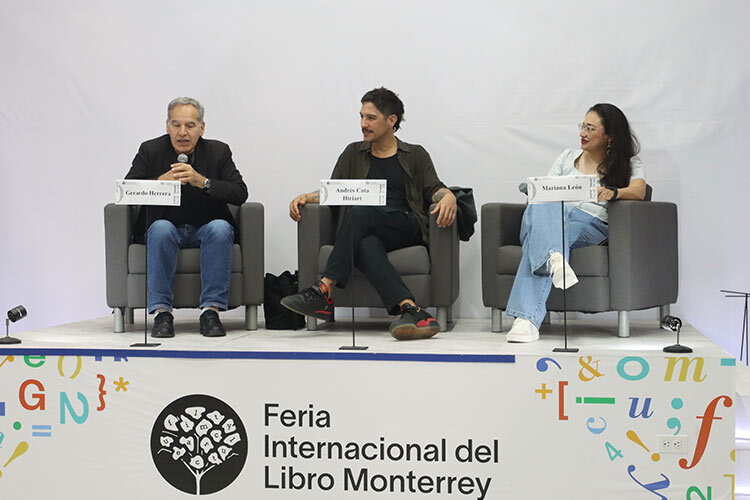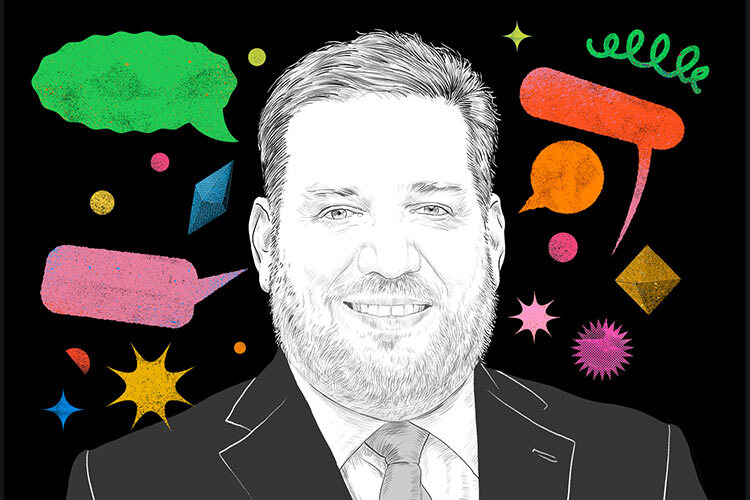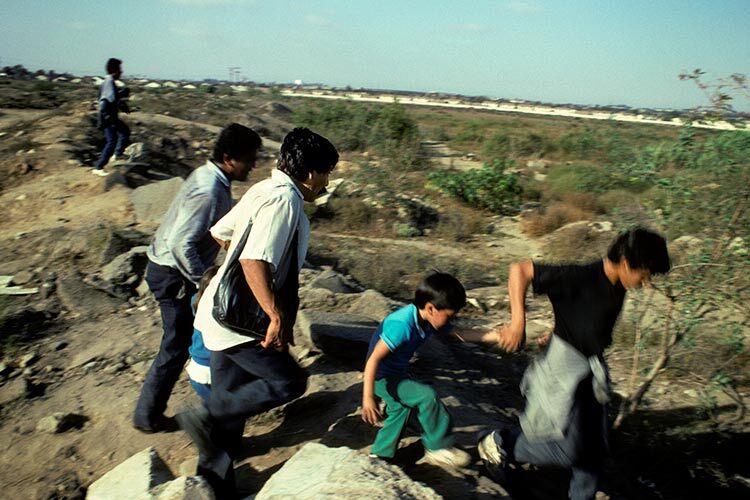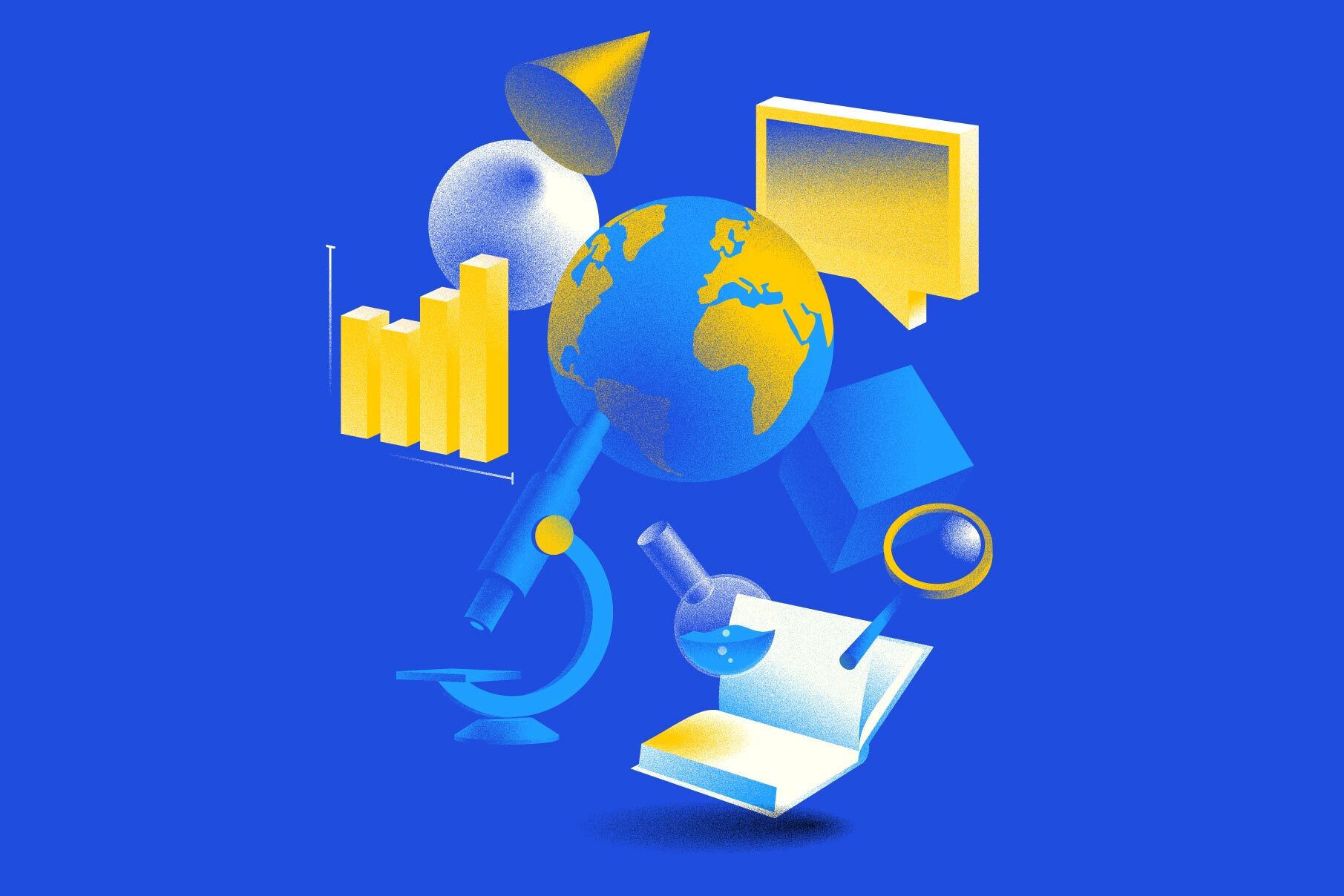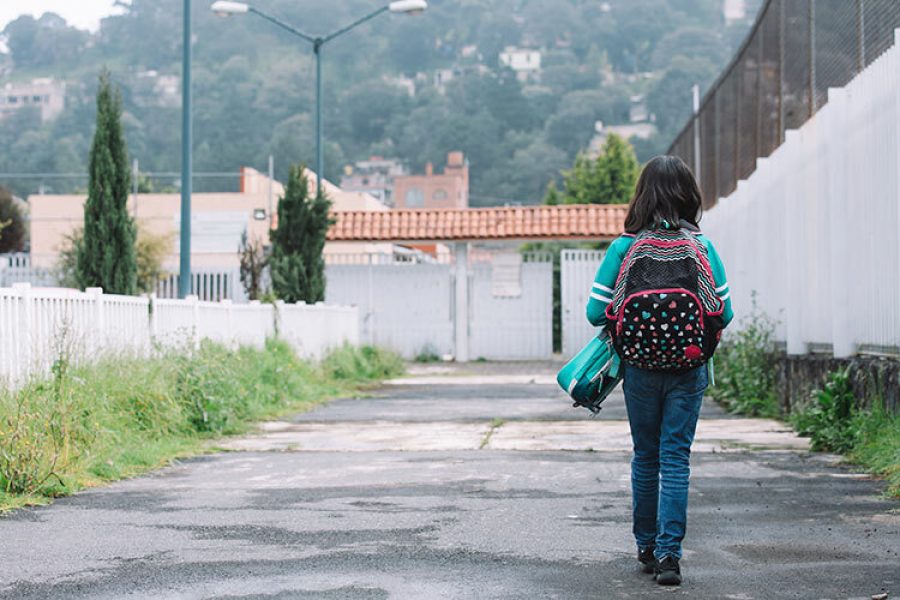Although he is now dedicated to communicating science to new generations, Gerardo Herrera‘s relationship with the subject began when he was in the fourth grade in his hometown of Delicias, Chihuahua. His teacher brought a microscope to class, allowing him to see the microorganisms in a drop of water as well as the cells in an onion skin.
This experience, which sparked the curiosity of the now-Doctor in Physics, researcher, columnist, and author, was one of the key reflections he shared during the roundtable discussion titled The Importance of Science Communication for Young People at the 2024 Monterrey International Book Fair.
“It was a spectacular experience I had as a child that left a lasting impact on me. Scientific activity begins with doubt, all theories and knowledge are subject to being discarded in light of new evidence,” says the scientist, who has been part of the European Organization for Nuclear Research (CERN) in Switzerland.
Herrera shared the stage with fellow science communicator, biologist, writer, and columnist Andrés Cota, where they discussed the importance of knowledge and how new generations can engage with it through various media.
The talk, sponsored by TecScience, was moderated by journalist Mariana León, editor of content for this outreach platform.
Teachers, Books, and the Passion for Communicating Science
Reflecting on how his journey into science communication began, Andrés Cota recalls growing up in a home that nurtured his curiosity. With parents who were scientists, he was encouraged to explore his interests, particularly his fascination with animals like snakes.
He highlights the crucial role played by his teachers, who inspired him throughout his education. “They were guiding figures, like coordinates of vocation not just my direct teachers, but also the influences you discover later, like the mentors you find in books,” he notes.
Andrés reminisces about the time he found a snake in his backyard and hid it in a drawer for further examination. Thanks to the book Snakes of North America, he learned that the creature wasn’t venomous, which ultimately helped him convince his mother —once she discovered his secret— that there was no danger.
Gerardo, on the other hand, was fortunate to have academic mentors who guided him throughout his career and helped him develop a deep love for science. Their influence continues to inspire him to communicate his passion for research.
“Science communication has a lot to do with falling in love cherishing what you do and experiencing it with such emotion that you want to share it with the world. Carl Sagan once said that doing science and communicating it is a bit like being in love; you run around wanting everyone to know. In research, you encounter thrilling discoveries, and you want to tell everyone about them,” the physicist explains.
He recalls watching Bertrand Russell explain the theory of relativity, particularly how clocks slow down on high-speed trains. It struck him as so spectacular that he thought, “I’m going to dedicate my whole life to this, I won’t stop until I understand how nature works.“
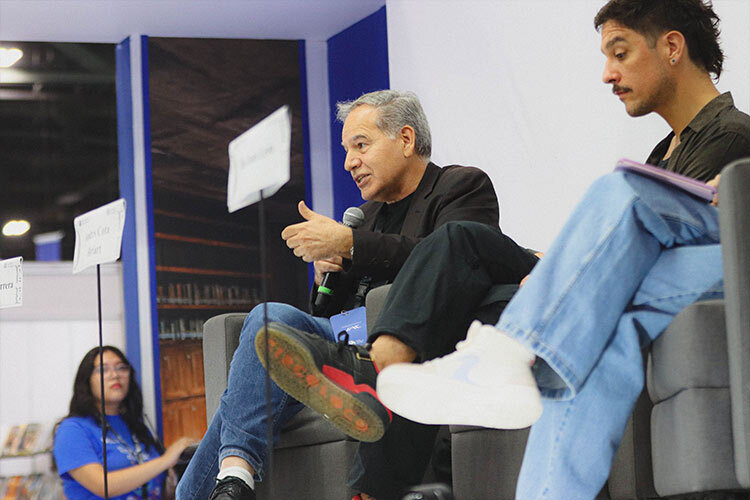
New Media and Misinformation: Challenges in Science Communication
Beyond traditional books, popular science magazines, and other conventional media, Andrés Cota sees a significant challenge in communicating science through new digital platforms like TikTok and Instagram. While it is indeed possible to create content with scientific rigor, achieving a better balance of information is crucial.
“It’s a challenge to balance the amount of ‘bad’ information out there and to promote more academic science communication. We need to encourage academics to engage with these new media platforms. The key is figuring out how to connect with audiences that are not just outside of the discipline but also outside the realm of science communication itself,” says the biologist.
He highlights the efforts of specialized journals but notes that they tend to reach audiences already seeking that content. Therefore, he suggests participating in non-science communication publications and platforms to attract new audiences.
“Talking about superbugs can intrigue anyone if you present it in an engaging way. Social media is a powerful tool, and we —those of us in science communication— need to learn how to make the most of it,” he adds.
For Gerardo, the challenge lies in how to leverage the brief formats of social media to generate enough interest in just a minute-long video to explain a complex idea.
Additionally, the physicist recommends weaving stories around scientific concepts to combat issues like infodemics, misinformation, and the historical rifts that arise between the scientific community and society. He points to 1945, when distrust in science grew due to the atomic bomb, casting doubt on science’s potential for promoting life.
Regarding the misinformation that can proliferate on platforms like social media, Andrés advocates for fostering critical thinking and a curiosity for research from a young age.
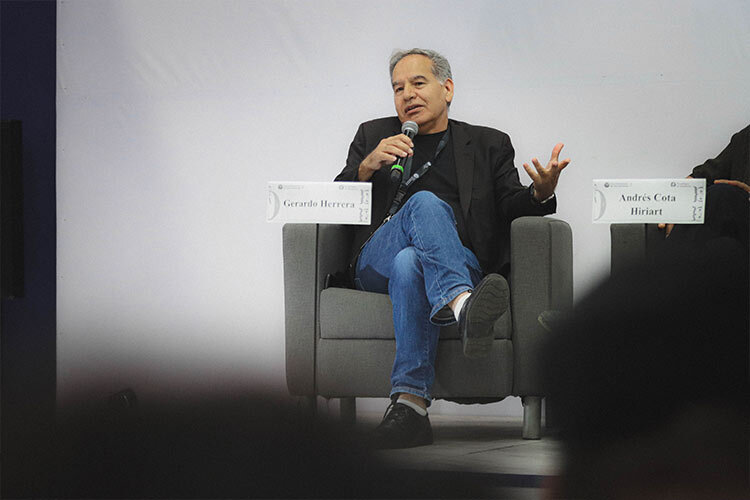
TecScience at the 2024 Monterrey International Book Fair
The outreach platform TecScience was prominently featured in several panels and discussions during the 2024 Monterrey International Book Fair, where content editor Mariana León shared best practices and various strategies for communicating science to diverse audiences.
One of these sessions was the panel New Narratives for Telling Stories, which took place on Sunday, September 29, and brought together other editors and journalists from multimedia platforms within the institution, including CONECTA and TecMedia.
As a representative of TecScience, León was also invited to participate in the roundtable discussion titled Research and Its Communication in the Education of University Students, held on Saturday, October 5, organized by the Tec de Monterrey School of Business.
TecScience’s participation in the 2024 Monterrey International Book Fair concluded with a sponsored panel featuring special guests Gerardo Herrera and Andrés Cota on Sunday, October 6, marking the closing of this thirty-second edition of the literary fair.
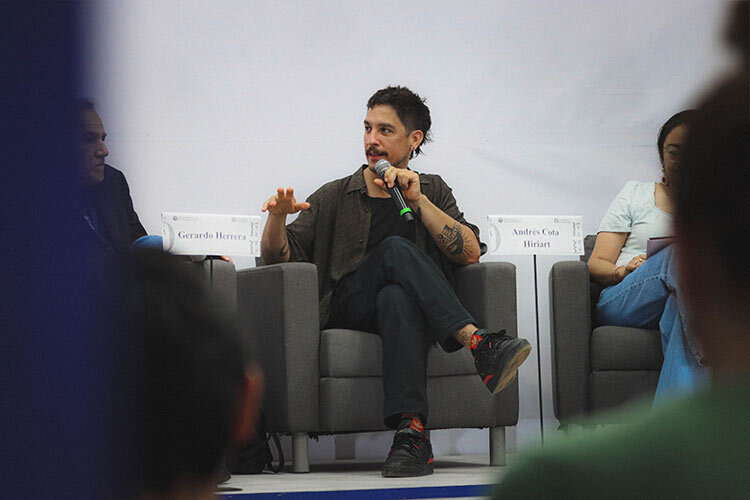
Were you interested in this story? Do you want to publish it? Contact our content editor to learn more marianaleonm@tec.mx
